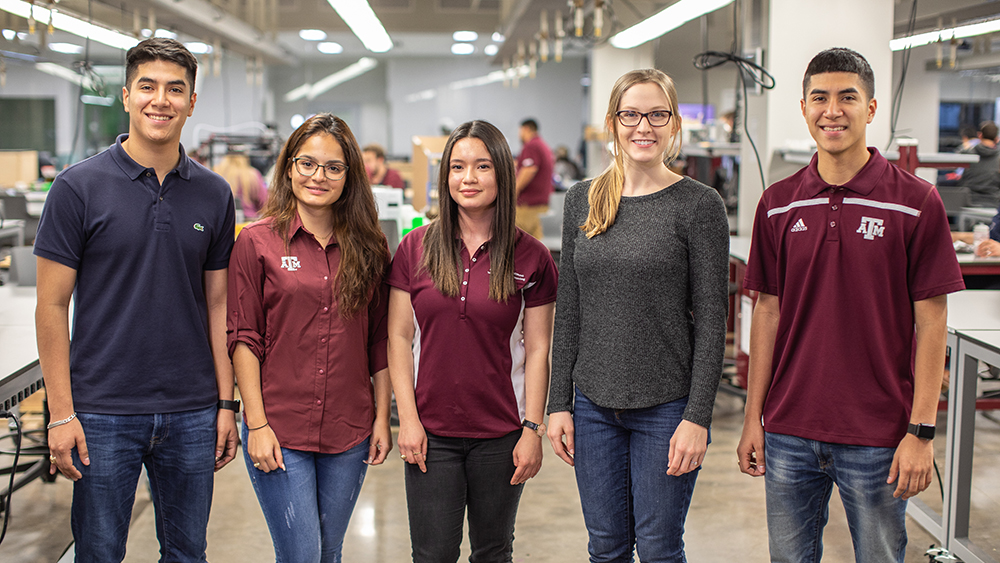
Five graduating seniors in the J. Mike Walker ’66 Department of Mechanical Engineering at Texas A&M University are hoping their final project as students could offer an improved version of a much-used medical device.
Jéssica Sousa, Gabriel Tello, Daniel Tello, Emily Tasker and Brenda Cancino worked together as part of the department’s Senior Capstone Design program to design a new kind of stretcher board – named the Separable, Organizational, All-inclusive, Radiolucent (S.O.A.R.) board – addressing some of the challenges facing medical professionals with the current designs.
The group-based Senior Capstone Design program is a requirement for all mechanical engineering students seeking to bridge the gap between classroom and industry by requiring students to use their knowledge and skills to complete an engineering design project equivalent to assignments they will soon receive as aspiring professional engineers.
As all five students prepare to graduate from Texas A&M this December and head out into industry, they took time to reflect on their project and lessons they will take away from the Senior Capstone Design program.
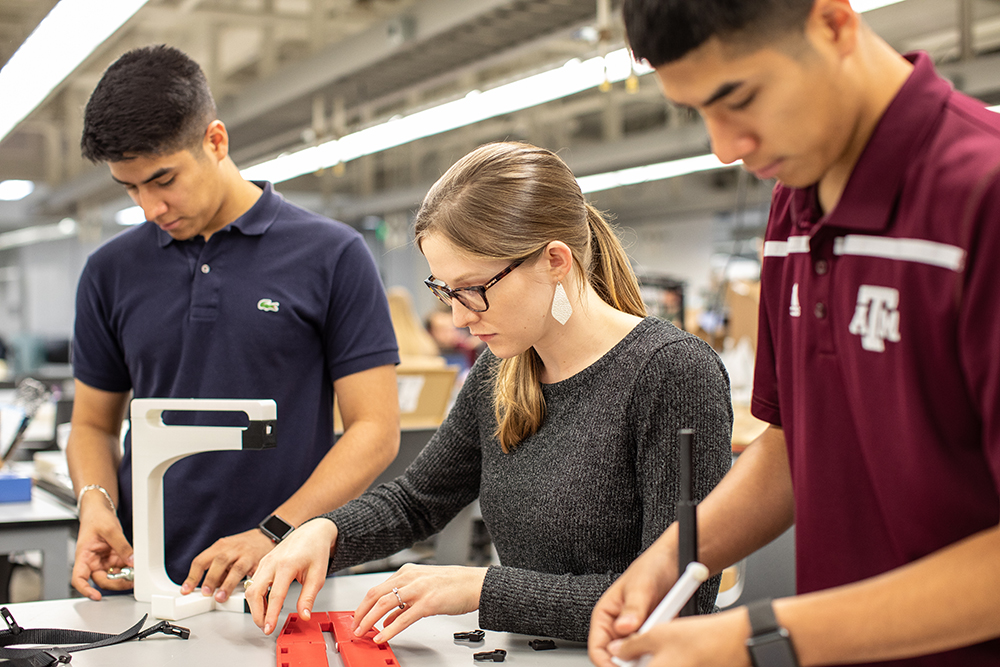
What problem does your project address?
Brenda Cancino: Current stretcher boards require the transfer of a patient onto multiple platforms from the time he/she is picked up at the point of injury to the time he/she is stabilized. This is necessary due to material incompatibility with medical equipment, such as CT (computed tomography) scanners. But in situations where time is of the essence, mere seconds wasted can lead to dire consequences for the patient. Medical professionals must also carry out these transfers while dealing with the burdensome vital signs monitor and its cables (which they often simply place on the patient’s legs).
What factors influenced the design?
Gabriel Tello: The most influential factor to the design of the board was material compatibility. A large majority of stretchers currently in the market today are incompatible with imaging equipment since they are typically made of radiopaque materials that blur images, and in some instances will even introduce faint lines in the image that can be confused with serious injuries such as lung collapse. For this reason, our team’s stretcher board was carefully designed with radiolucent materials that were analyzed with a CT scan to verify that the board would not impede with medical personnel's ability to examine a person’s injury without ambiguity.
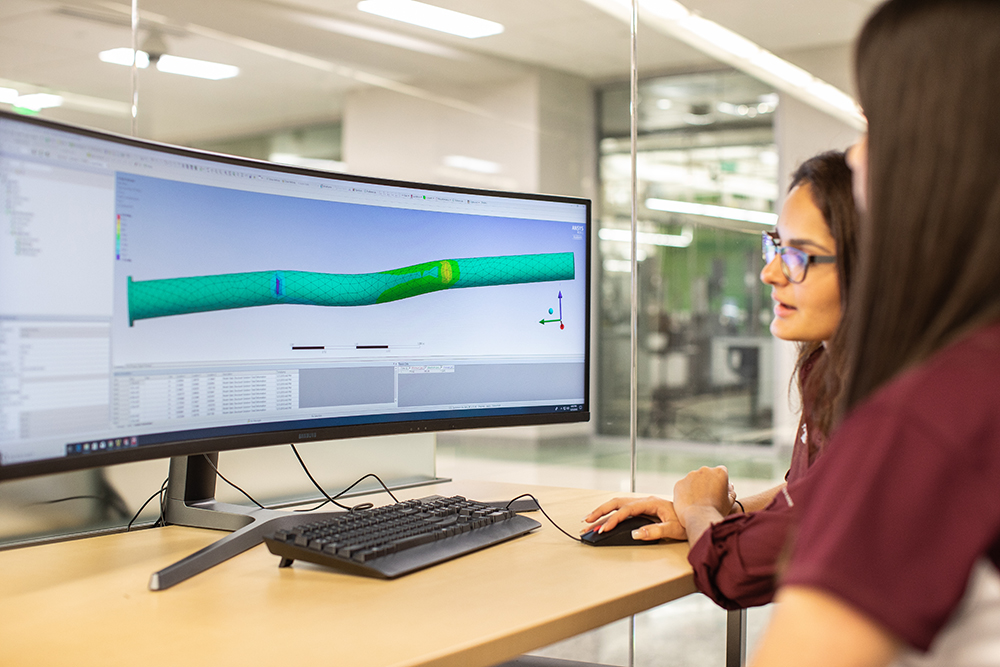
Where did the idea for this design come from?
Daniel Tello: The S.O.A.R. board design was inspired by two boards that are commonly used in the medical field: the spine board and the scoop board. The spine board is a standard board used in the field, and although they are sometimes radiolucent, it can be difficult to place patients on a spine board because it is necessary to lift patients. On the other hand, the scoop board uses a hinge design that allows patients to be scooped onto the board without having to be lifted and increasing the risks for further injuries. However, the scoop board is manufactured with materials that would interfere with X-Ray and CT scan imaging. The S.O.A.R. board takes some of the best features of both designs while including new components to design a new stretcher board that is more comfortable for patients and more efficient for medical personnel to use.
How does this design differ from other solutions to this problem?
Jéssica Sousa: Contrary to boards in the market, our design is made of radiolucent materials, such as high-density polyethylene, which means that the patients can remain on the same platform when receiving medical care and going through X-rays and CT scans. The board also includes cable holders, allowing tubes and wires to be organized instead of being on top of the patient, and a removable monitor platform. Additionally, the S.O.A.R. board has a separable design, allowing the medical professional to roll the patient onto the board, versus having to pick up the patient, reducing the strain on their backs.
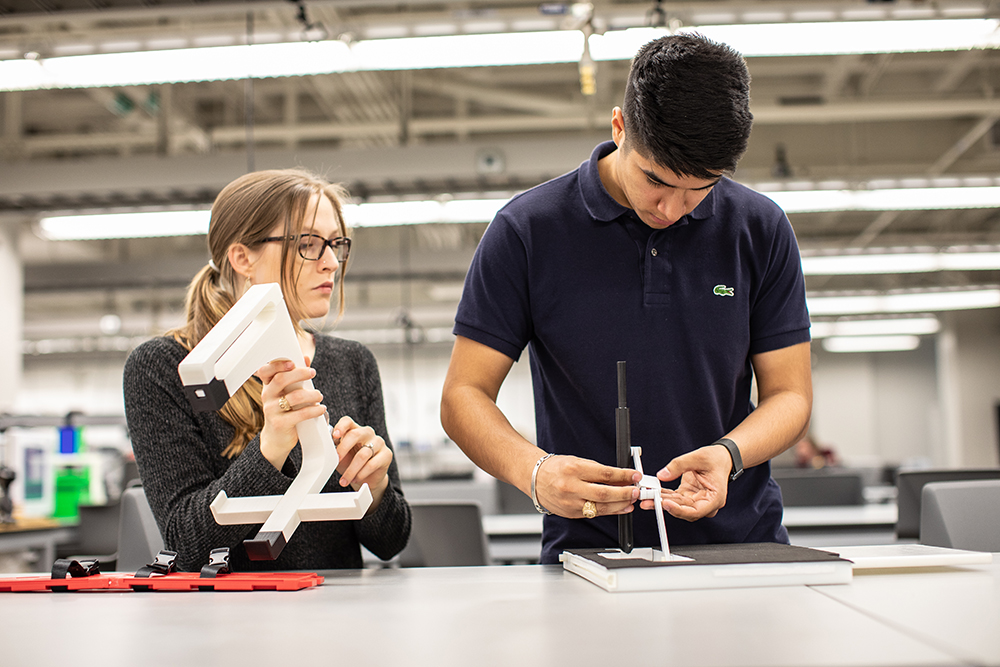
How did the team go about achieving this design?
Emily Tasker: Besides the initial contact with our sponsor to understand the purpose and direction of the project, we interviewed emergency room nurses, emergency medical technicians and other medical personnel. We began with phone interviews but were also able to interview in person. We talked first hand with a Texas A&M EMT about his work and where there could be improvements. From the information gathered, we split up different aspects of the board into subgroups: board structure, device integration and supports/ergonomics. Subgroups in our team brainstormed ideas, and then the team would have a roundtable discussion to vet the ideas and finalize a design.
Meet the team and learn more about what they took away from their experience participating in the Senior Capstone Design program:
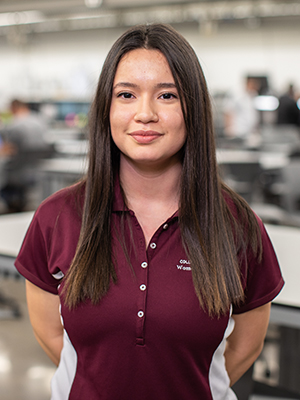
Brenda Cancino: The computer-aided design and finite element analysis techniques that were essential to this project are directly applicable to my future role. Our studio instructor emphasized the need to justify our decisions and to communicate them effectively, both of which are major takeaways for me from this experience.
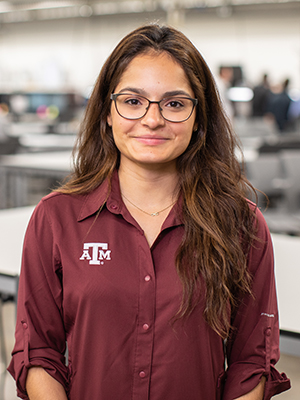
Jéssica Sousa: Throughout this process, I gained useful knowledge with regard to project management, which was essential while going through the process of planning, reporting and evaluating our design. This project challenged my team and me throughout the two semesters to identify the root cause of problems, and to highlight opportunities while developing tools to select and present the best solution, which allowed me to improve my critical thinking skills. Those two skills will be of major importance throughout my engineering career.

Emily Tasker: From senior design, I have gained self-confidence in the engineering skills Texas A&M has taught me. Although I may not know a subject or understand a problem, I have learned and practiced with tools to achieve a solution. This will be beneficial especially in the coming years. When I start work at Frito Lay, I am essentially a freshman on the first day of class. But senior design and Texas A&M have taught me that I have the tools and abilities to learn, design, contribute and develop solutions and ideas.
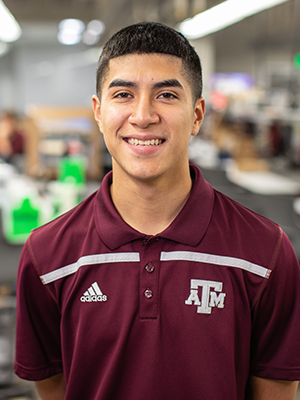
Daniel Tello: I have gained valuable skills in project planning, project management and team communication by working on this design project. These skills will be useful in my career upon graduation by helping me provide technical support to plant personnel as well as in planning and driving predictive maintenance programs.
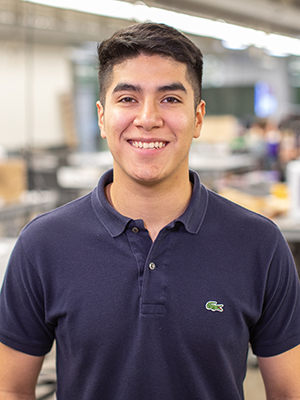
Gabriel Tello: Working on a two-semester long design project provided me with numerous skills, such as project management, planning and documentation. As an incoming maintenance engineer, these skills will be applicable when working with teams in small or large projects to achieve better maintainability and reliability of facilities.